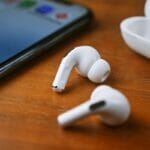Bluetooth technology has become increasingly popular in recent years, offering wireless connectivity for many devices at an affordable price.
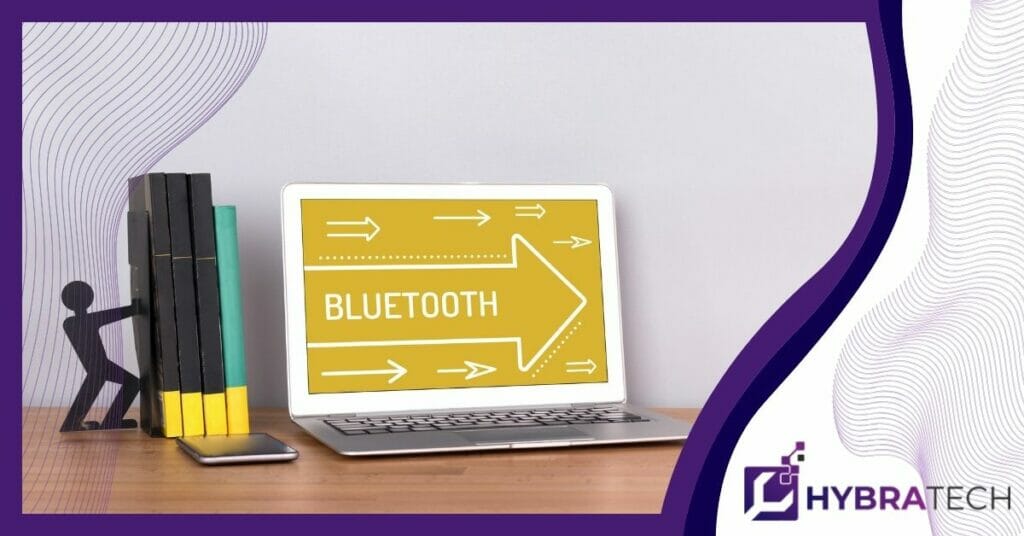
The wireless nature of Bluetooth allows users to enjoy their favorite tunes or seamlessly connect their devices without the hassle of tangled wires. Its affordability and convenience have made it a go-to technology for many consumers.
As the technology continues to evolve, manufacturers have found ways to make Bluetooth devices more cost-effective, thereby making them more widely accessible to the general public.
Reductions in production costs, advancement in wireless technologies, and increased competition have all contributed to the decrease in prices of Bluetooth-enabled devices. Furthermore, Bluetooth’s widespread adoption by prominent brands has solidified its place in the market.
Key Points
- Bluetooth technology is affordable due to reductions in production costs and advancements in wireless technology.
- Widespread adoption by prominent brands has made Bluetooth a popular choice for wireless connectivity.
- The evolution of Bluetooth has led to improvements in sound quality, design, and battery life for a range of affordable devices. How Do Wireless Earbuds Work?
The Evolution of Bluetooth Technology
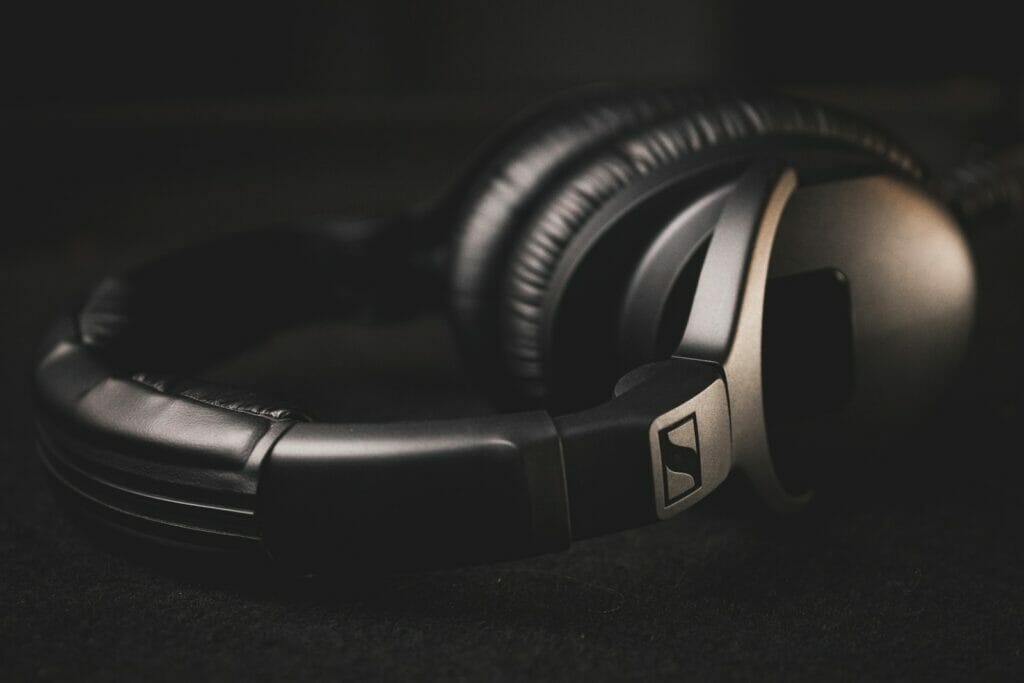
Over the years, Bluetooth technology has evolved significantly and adapted to cater to the needs of various electronics. In the early stages, Bluetooth was mostly used for point-to-point communication, but now it plays a vital role in providing wireless connections in a range of devices.
One of the major leaps in Bluetooth technology was when it started being integrated into mobile phones. The Sony Ericsson T36 became the first mobile phone to include Bluetooth back in 2001. Since then, consumer electronics like wireless headphones have changed the way we listen to music and engage with media.
Over time, the technology improved, with the release of Bluetooth 2.0 and Enhanced Data Rate (EDR) in 2004, enhancing both range and bandwidth. This made the connections more stable, faster, and energy-efficient at the same time. As a result, more devices, such as tablets, gaming consoles, and even medical equipment, relied on Bluetooth to cut the cords and go wireless.
In recent years, Bluetooth has focused on becoming a low-power protocol, especially since the introduction of Bluetooth version 4.0. This allows the technology to be more eco-friendly and have a longer battery life, which in turn opens up new possibilities for its application in various IoT devices, wearables, and smart home gadgets.
Throughout its history, Bluetooth has been expanding and reinventing the way we use technology in the modern world. From simple point-to-point communication to wireless headphones, speakers, and IoT devices, its versatility has made it an essential element in our everyday lives. As we move into the future, we can expect further innovations and improvements, making Bluetooth even more seamless and integrated into our lifestyles.
The Production Cost of Bluetooth Devices

Bluetooth technology has become increasingly popular due to its convenience and affordability. Low production costs make it a practical choice for a wide range of devices, especially for budget-conscious consumers. In this section, we will explain the reasons behind the affordability of Bluetooth devices, including cheap earbuds, and how manufacturers manage to keep the costs down.
Firstly, the economies of scale play a significant role in reducing the production costs of Bluetooth devices. With the increasing demand for Bluetooth technology in various applications, manufacturers are able to produce components in large volumes.
This helps in lowering the price of individual Bluetooth components, making it an attractive option for device manufacturers. 5 billion Bluetooth-enabled devices are shipped to consumers each year, with that number expected to rise to 7 billion by 2026.
Secondly, advancements in Bluetooth Low Energy (BLE) technology have made the devices more energy-efficient and cost-effective. BLE allows manufacturers to create devices with low power consumption, which means smaller, cheaper batteries can be used. Combined with economies of scale, this further reduces production costs and makes the devices more affordable for consumers.
When it comes to cheap earbuds, manufacturers take these low costs a step further by using budget-friendly materials and simplified designs. By opting for lower-cost materials and reducing the number of components in the earbuds, overall production costs decrease. This allows manufacturers to offer the earbuds at a competitive price, giving more consumers access to Bluetooth technology without breaking the bank.
Another factor that contributes to the affordability of Bluetooth devices is the ongoing competition among manufacturers. With more companies entering the Bluetooth market, they are constantly looking for ways to lower their production costs, improve efficiency, and gain a competitive edge.
This leads to the development of more cost-effective Bluetooth devices and benefits consumers by offering a variety of affordable options to choose from.
Factors Affecting the Price of Bluetooth Devices

When it comes to Bluetooth devices, price is often influenced by various factors. In this section, we will discuss the major aspects that can affect the overall cost of Bluetooth devices, such as design, sound quality, active noise cancellation, and battery life.
Design plays an essential role in determining the cost of Bluetooth devices. Sleeker and more stylish designs usually come with a higher price tag. The materials used in the construction, whether it’s premium metals or lightweight plastics, can impact the cost as well. Additionally, specific design features, such as water resistance or foldability, may add to the overall price of the device.
Another important factor is sound quality. Bluetooth devices with high-quality audio reproduction, including better frequency response and lower distortion levels, typically cost more than those with average sound quality. In the case of wearables, such as Fitbit devices, Zone Minutes data can also be important for the user experience, which may be factored into the price.
Active noise cancellation (ANC) is a feature often found in more expensive Bluetooth headphones. ANC reduces background noise, providing a more immersive audio experience. Devices equipped with this technology usually require additional hardware components and advanced software algorithms, which can increase the overall production cost and subsequently the retail price.
Lastly, battery life is a critical aspect for most users of Bluetooth devices. A device with a longer battery life generally attracts a higher price, as it offers better convenience for users. This is especially true for wearables, where accurate tracking of user calorie burn might rely on constant power support.
Comparison Between Wired and Wireless Devices
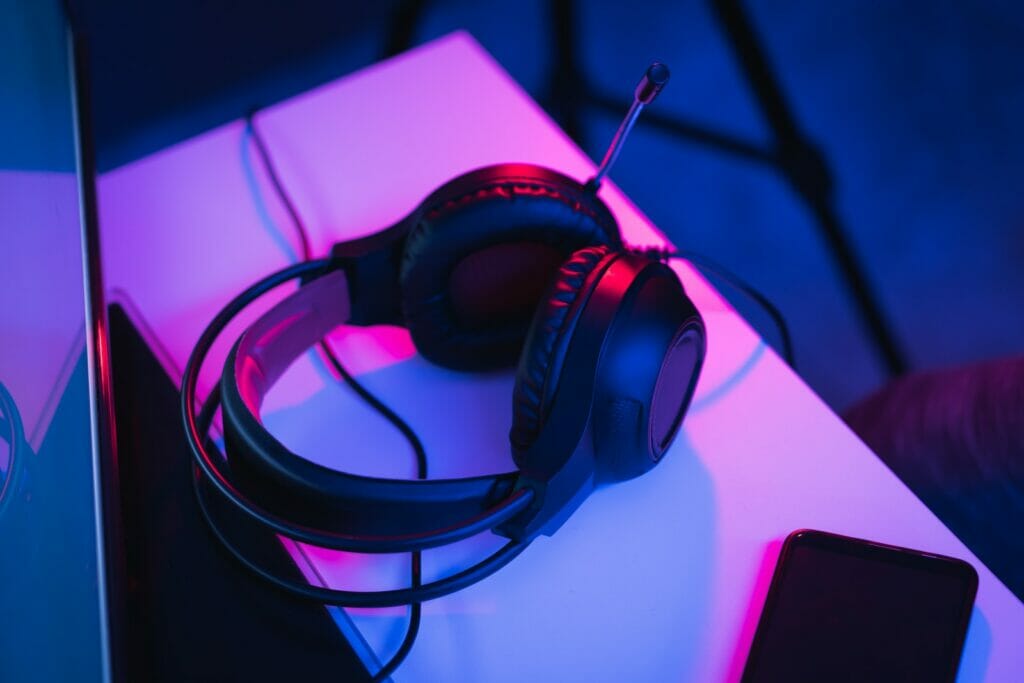
When it comes to headphones, we often find ourselves choosing between wired and wireless options. Each type has its advantages and drawbacks, and deciding which one suits our needs best can be a challenge. In this section, we will discuss the key differences between wired and wireless headphones, focusing on convenience and other relevant factors.
Wired headphones have been around for a long time, and they’re known for their reliable sound quality and simplicity. They’re easy to use and offer unlimited playtime since they don’t rely on batteries or charging.
Additionally, wired headphones can be more budget-friendly and are often easier to repair if needed. One major drawback, however, is the presence of the cable, which can be cumbersome and limiting in terms of movement and device placement.
On the other hand, wireless headphones have gained immense popularity due to their convenience and increasing improvements in sound quality. They offer the freedom of no wires, making them perfect for active lifestyles, workouts, and outdoor activities.
Connectivity through Bluetooth or other wireless technology allows seamless connectivity to smartwatches and other devices, making them quite versatile. However, the sound quality might still be slightly inferior compared to wired headphones. Another potential downside is the need for battery charging, which can be a point of inconvenience if the device runs out of power unexpectedly.
Bluetooth vs Other Wireless Technologies
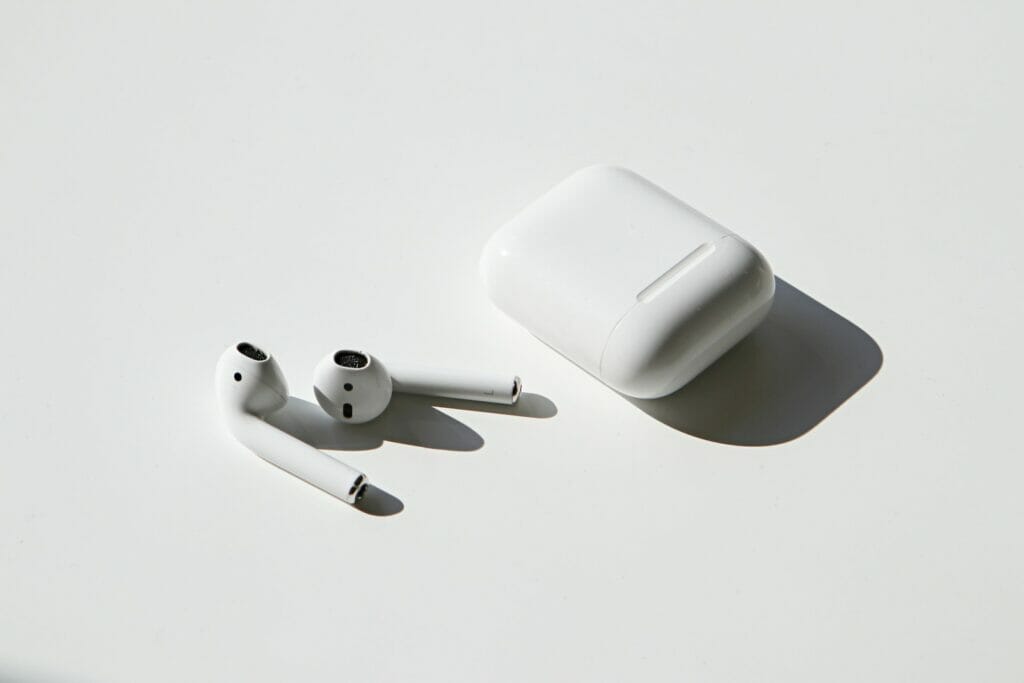
When it comes to wireless earbuds and true wireless earbuds, the main technology that enables their wireless connectivity is Bluetooth. In comparison to other wireless technologies, Bluetooth has a few notable benefits, such as its lower cost and ease of use. Let’s explore the reasons why Bluetooth is a more affordable choice and how it compares to other wireless technologies.
One significant advantage of Bluetooth is its consolidated connectivity solution for various devices. This means that numerous devices use Bluetooth technology, helping to drive down the manufacturing costs due to economies of scale. As a result, consumers can often find affordable wireless earbuds that utilize Bluetooth technology.
In addition to its cost-effectiveness, Bluetooth provides a user-friendly experience when it comes to pairing devices. Connecting two Bluetooth-enabled devices is typically straightforward, and most people are familiar with the process. This ease of use allows manufacturers to deliver wireless earbuds with a no-fuss connectivity experience for users.
Another advantage of Bluetooth is its range. While it’s true that other wireless technologies might offer longer connection distances, the range of Bluetooth is often sufficient for the average consumer’s needs. Bluetooth connections can reach up to 30 feet, which is more than enough for listening to music, making calls, and other activities using wireless earbuds.
Prominent Brands in the Bluetooth Market

When it comes to the Bluetooth market, there are several prominent brands that stand out for their quality and innovative products. Apple has always been a key player in this market, known for their popular AirPods and other Bluetooth-enabled devices. The AirPods have become a staple for many people thanks to their seamless integration with Apple devices and top-notch sound quality.
Samsung is another giant in the world of Bluetooth technology, offering a variety of headphones, earbuds, and smartwatches. Their Galaxy Buds series is widely appreciated for its impressive sound quality, battery life, and sleek design. Samsung’s Bluetooth-enabled smartwatches like the Galaxy Watch are also attractive choices due to their seamless compatibility with Android devices and versatile features.
When it comes to audio prowess, Sony is hard to beat. Renowned for their excellent noise-canceling headphones, such as the WH-1000XM4, Sony Bluetooth headphones are a popular choice for audiophiles seeking incredible sound quality and comfort. Sony also offers a range of Bluetooth-enabled speakers for those who love to listen to music on the go.
Anker is an affordable, yet high-quality option in the Bluetooth market. Known mostly for their reliable portable chargers, Anker has also made a name in the world of Bluetooth headphones and speakers. Many of their products, like the Anker Soundcore series, offer great sound quality and durability at a reasonable price.
JBL is a household name in audio equipment, and their Bluetooth products are no exception. JBL’s portable speakers and headphones stand out for their impressive sound quality and rugged design, which can withstand splashes, drops, and bumps. They have a range of products for different budgets and purposes, making them a versatile choice for consumers.
Lastly, Amazon has entered the Bluetooth market with their own affordable and convenient products. The Amazon Echo Dot, for example, is a small smart speaker that seamlessly integrates with the Amazon ecosystem, while their Echo Buds offer features like noise-canceling and Alexa voice control.
Bluetooth and Sound Quality

When it comes to Bluetooth audio, one of the primary concerns people have is sound quality. Bluetooth technology offers a convenient way to enjoy wireless audio through speakers and headphones, but it may compromise audio fidelity in comparison to Wi-Fi-based wireless technologies such as AirPlay, DLNA, Play-Fi, or Sonos.
Typically, Bluetooth reduces the 1,411-kilobits-per-second data rate of CD-quality audio to around 300 kbps, which can affect the quality of the audio you hear.
Audio quality is dependent on various factors, including the codec used to compress the audio data for transmission over Bluetooth. Bluetooth can’t transfer or transmit data that isn’t codec, and it doesn’t reduce the sound quality, rather once it can’t read the code, it will not play out sound. To get the best audio experience using Bluetooth, it’s essential to choose headphones or speakers that have a high-quality codec.
Active Noise Cancellation (ANC) and ambient sound features can also impact the audio quality of Bluetooth devices. ANC helps reduce background noise, allowing you to focus on the music, podcast, or call you’re engaged in. Meanwhile, ambient sound features let you control how much external noise you want to hear to maintain situational awareness.
However, using these features can sometimes introduce issues such as crackling in Bluetooth headphones, which can be annoying and interfere with your enjoyment of music or calls. To ensure optimal audio quality, it’s important to investigate and address any crackling or other sound-related issues.
Another factor to consider when evaluating Bluetooth audio quality is the soundstage. Soundstage refers to how headphones reproduce the spatial aspects of sound, such as depth, width, and height.
In general, a wider soundstage delivers a more immersive and realistic listening experience. Bluetooth devices with a good soundstage will provide better audio quality, making the listening experience more enjoyable.
The Design of Bluetooth Devices
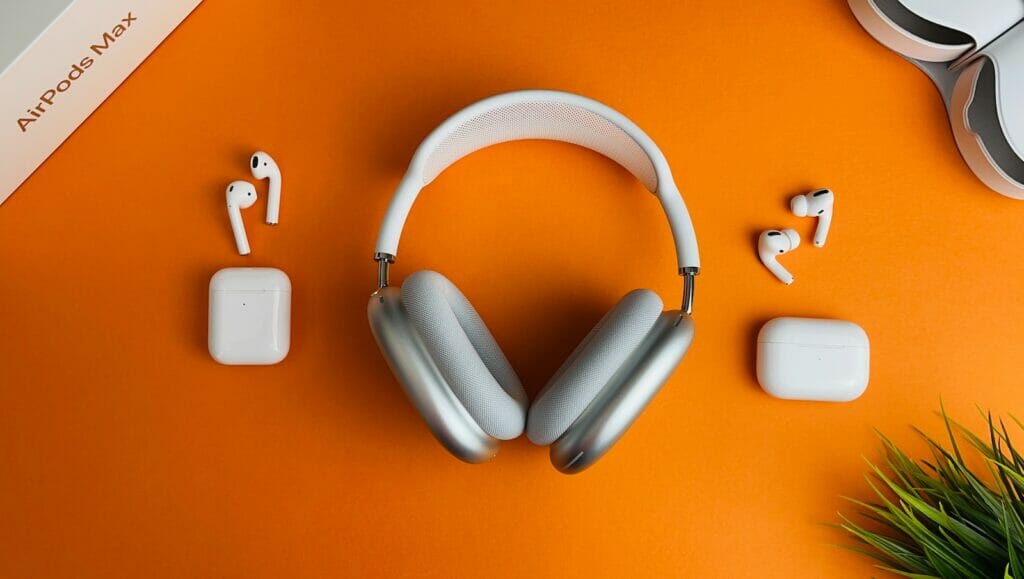
When it comes to the design of Bluetooth devices, we prioritize ensuring that they’re compact, lightweight, and portable. These features contribute to their affordability and widespread adoption in various applications, from headphones to wearable fitness trackers.
The compact design of Bluetooth devices enables manufacturers to create smaller and more efficient products. This streamlined size helps reduce production costs, making these devices more affordable for consumers. When our devices are smaller, we can also fit more components into a limited space, enhancing their functionality without sacrificing their affordable price tag.
Portability and lightweight construction are other crucial factors in the design of Bluetooth devices. We understand that users want their gadgets to be easy to carry around, so we focus on creating devices that can be comfortably worn or carried without causing discomfort.
With wireless earbuds becoming popular, people want them to stay securely in their ears, and manufacturers are constantly working on improving their design. For example, there are numerous practical solutions for keeping earbuds from falling out which increases the user experience.
Battery Life of Bluetooth Devices
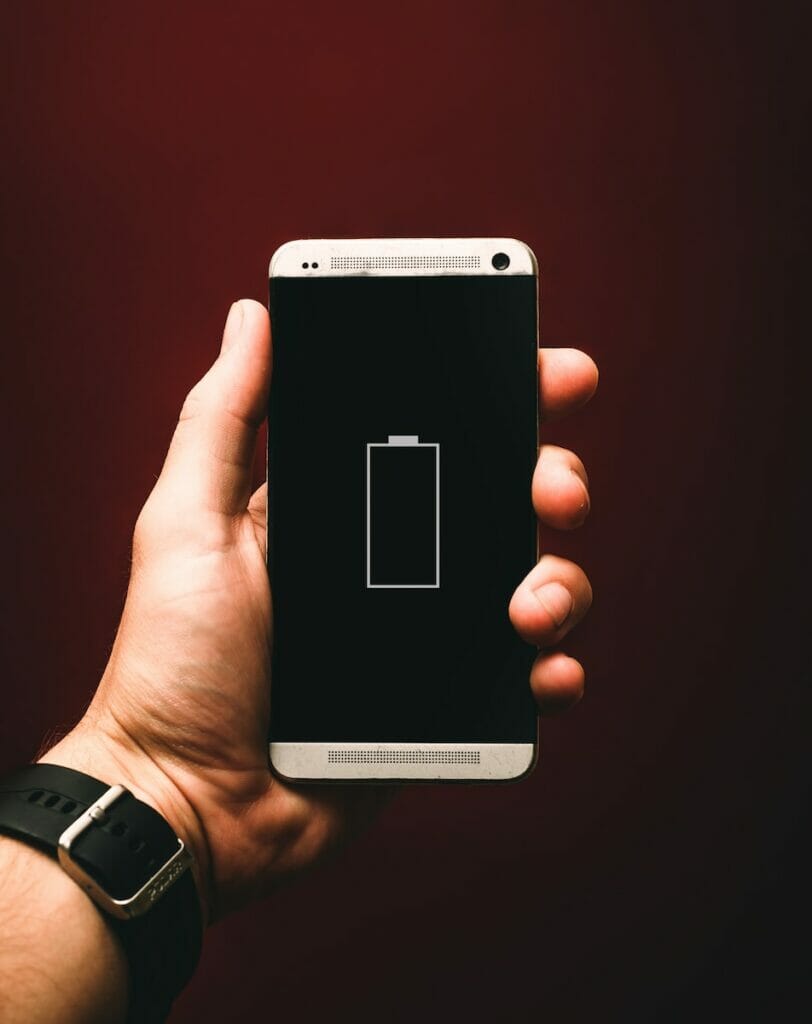
We all know that battery life plays a crucial role in our day-to-day experience with electronic devices, especially those that rely on Bluetooth technology. One of the reasons Bluetooth is so popular is because it’s not only convenient, but also energy-efficient.
Battery Life Considerations
Advancements in Bluetooth technology over the years have led to significant improvements in battery life. Newer Bluetooth versions, such as 4.0 and 4.1, introduced low-energy technology that helps conserve battery power. Devices like Fitbit fitness trackers are designed to use less power while maintaining a reliable connection.
Wireless Charging
Wireless charging is another feature that has increased the convenience of using Bluetooth devices. Many modern Bluetooth devices, such as headphones and smartwatches, support wireless charging, allowing users to simply place their device on a charging pad to regain power. This not only gives us the freedom from tangled cables but also makes the charging process easy and hassle-free.
Charging Frequency and Techniques
How often we charge our Bluetooth devices can also impact battery life. For instance, continuously keeping devices on charge may cause the battery to deteriorate faster.
It’s important to let the battery drain to some extent before recharging it, as this can help prolong the overall lifespan of the battery. Following the manufacturer’s guidelines on charging and battery maintenance is crucial to getting the most out of our devices.
Some Affordable Bluetooth Device Options
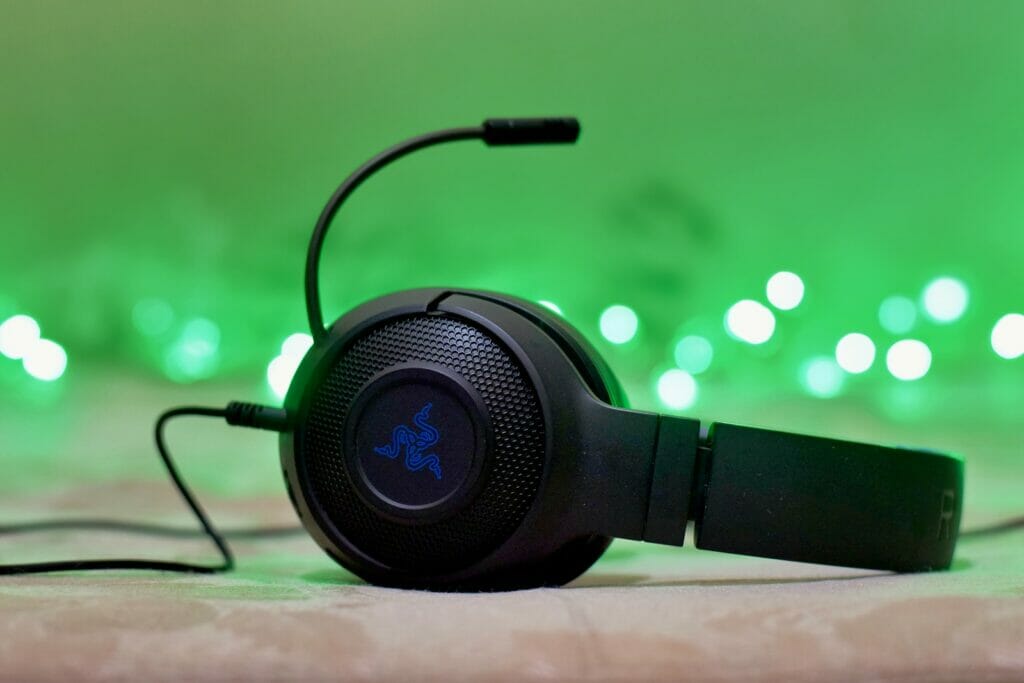
We know that finding affordable Bluetooth devices is essential for many people, and we’re here to help make that search easier. In our quest for budget-friendly options, we’ve come across a variety of high-quality, cheap earbuds and headphones that won’t break the bank.
One great option we found is a list of the best cheap Bluetooth headphones available on the market right now. These headphones let you enjoy your music without worrying about tangled cords or losing sound quality, making them a fantastic choice for those looking to save money without compromising on features.
Another category worth exploring is wireless earbuds under $30. We discovered an excellent selection of the best wireless earbuds under $30 that let you cut the cords without sacrificing audio quality. These earbuds are perfect for those who like to listen to their favorite tunes on the go without dealing with messy wires.
When it comes to finding affordable Bluetooth devices, always remember to consider the battery life and build quality of the product. We recommend looking for devices with at least 6 hours of playback time, water resistance, and durable materials that can withstand daily use.
Functionality of Bluetooth Devices
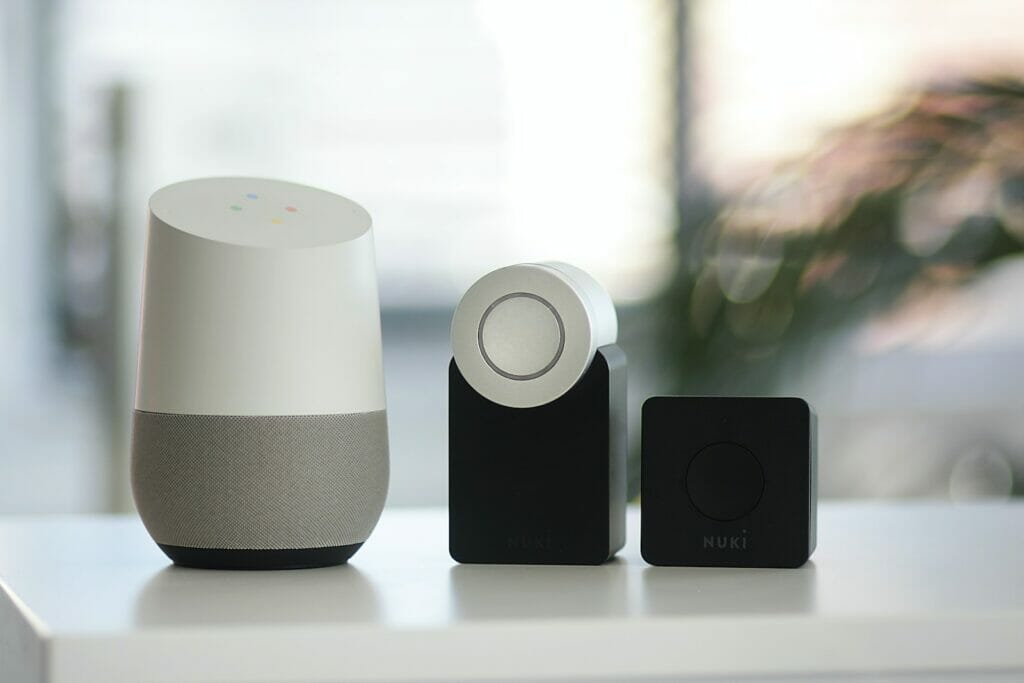
Bluetooth is well-known for its versatility and ease of use. One of its key features is pairing, which allows us to easily connect our devices without the need for cumbersome cables or adapters.
For example, connecting two Bluetooth headphones simultaneously can boost our audio experience and let us share our favorite music with a friend. We can also enhance our television viewing experience by connecting Bluetooth headphones to an LG TV, providing more immersive audio.
In addition to its seamless pairing capabilities, Bluetooth technology has evolved to offer improved functionality with each new version. These upgrades bring about better performance and efficiency, ensuring our devices stay up-to-date and compatible with the latest advancements. Furthermore, as Bluetooth devices become more affordable, it encourages a wider adoption, making the technology even more accessible to everyone.
Portability is another great advantage of Bluetooth technology. Since it’s wireless, we can take our devices with us wherever we go, without worrying about tangled cords or limited range. This means we can effortlessly connect our headphones to various devices like smartphones, tablets, or TVs, providing us with a consistent and enjoyable listening experience.
Common Issues and Solutions with Bluetooth Devices
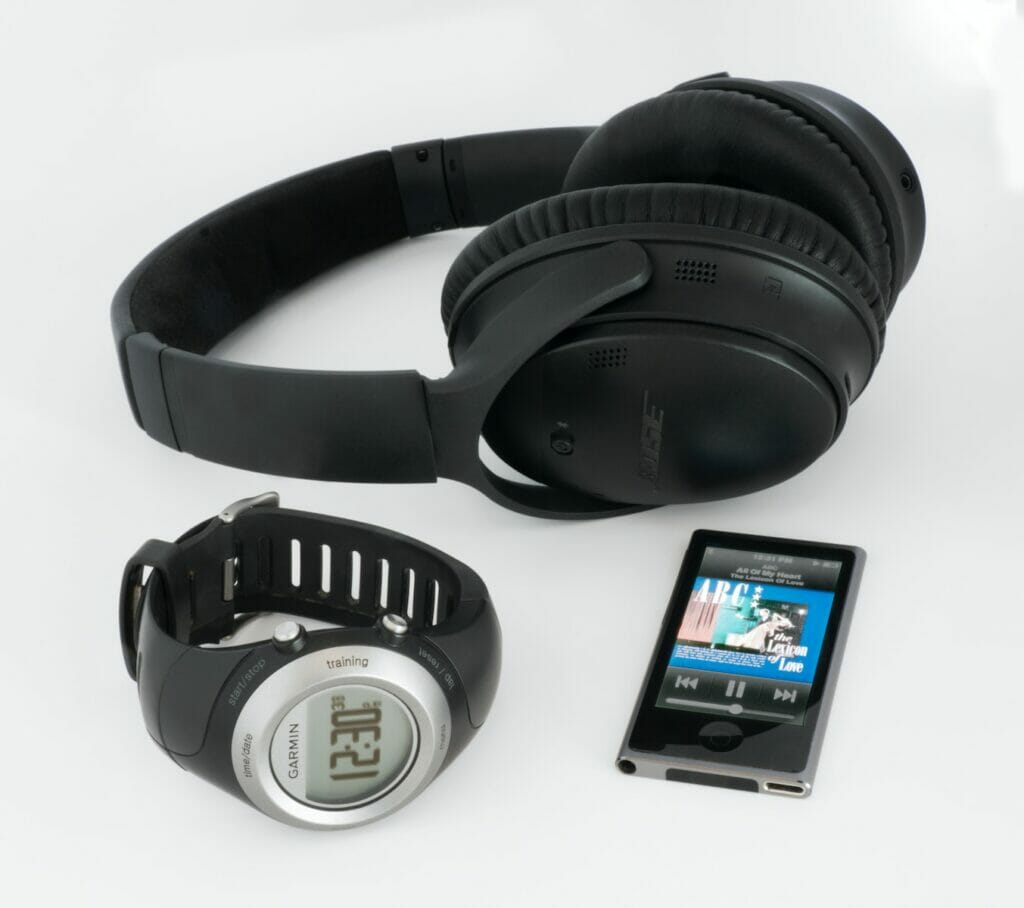
We often come across a variety of issues while using Bluetooth devices. Some common problems include pairing issues, compatibility, and the need for repairs. Let’s discuss these issues and their possible solutions, making your Bluetooth experience smoother and more enjoyable.
Pairing issues are quite common with Bluetooth devices. Sometimes, we find it difficult to establish a connection between two devices. This could be due to several factors, such as the device being paired with another gadget or being out of range.
To resolve these issues, it’s important to ensure that both devices are within range and not connected to any other Bluetooth devices. Also, try turning off your device, waiting a few seconds, and then turning it back on. This can help reset any connection issues you may be experiencing Microsoft Support.
Compatibility is another key aspect that can cause Bluetooth-related issues. Different devices support various Bluetooth versions, which can create compatibility problems. If you are facing compatibility issues, it’s a good idea to check if your devices support the same Bluetooth version, and if not, consider upgrading your gadgets to ensure a seamless connection.
Repairs might become necessary when your Bluetooth devices experience physical damage or malfunctioning parts. For example, a broken rubber watch strap on a Fitbit Ionic can make it challenging to use the device comfortably. In such cases, we recommend you follow a step-by-step guide for repairing your device or consult an expert for assistance.
While we’ve covered some common issues with Bluetooth devices, it’s essential to remember that each device is different, and troubleshooting methods can vary. Keep in mind that, when in doubt, referring to your device’s user manual or seeking professional help can always be a smart move.
Conclusion
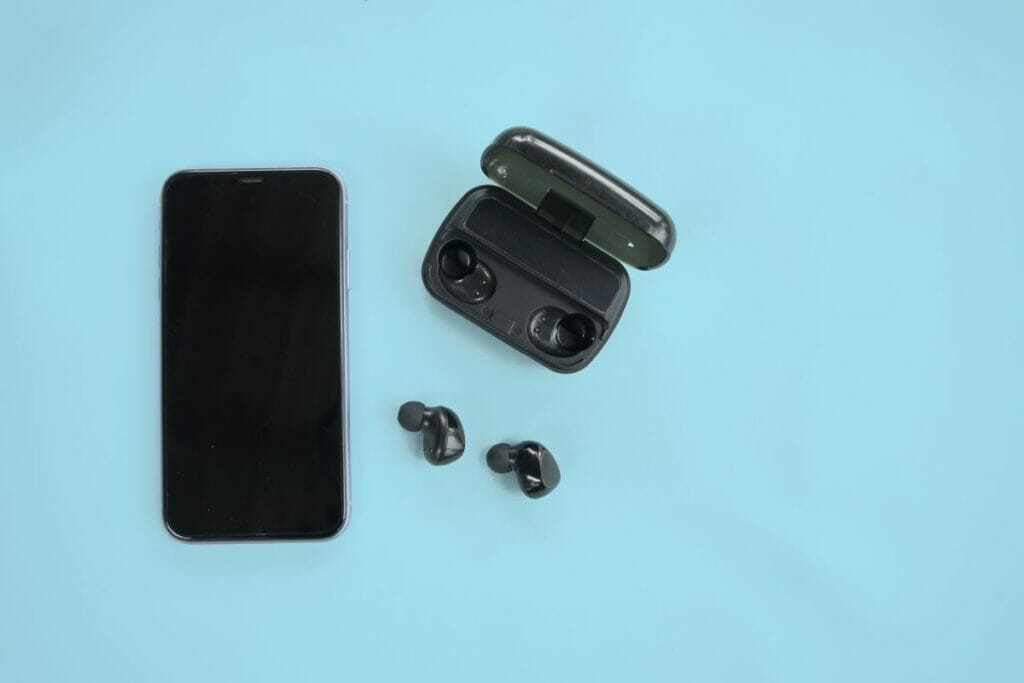
In this modern era, Bluetooth has become an essential part of our daily lives. It’s impressive that this indispensable tech is affordable to pretty much everyone. There are several factors contributing to the low prices of Bluetooth devices.
First of all, Bluetooth technology is relatively simplistic in its design. It doesn’t require complex or expensive components to operate, which keeps the production costs low. Additionally, as Bluetooth has been around since the late 1990s, its development and mass production have helped to decrease the overall costs over time.
Furthermore, the extensive adoption of Bluetooth by various manufacturers across the globe has created competitive markets. When companies compete for customers, they often find ways to reduce the price of their products to attract more people. This healthy competition has made it more economical for manufacturers to include Bluetooth technology in their devices.
Lastly, as Bluetooth has become such a standard feature in devices like smartphones, tablets, and computers, manufacturers can produce Bluetooth components at a large scale. By producing in bulk, companies can effectively reduce the production costs of each individual unit, making the technology more affordable for consumers.
In conclusion, we can enjoy the convenience and versatility of Bluetooth technology at a relatively low price due to its simple design, market competition, and large-scale production. It’s a wonderful example of how innovation in tech can become accessible and budget-friendly for everyone.






